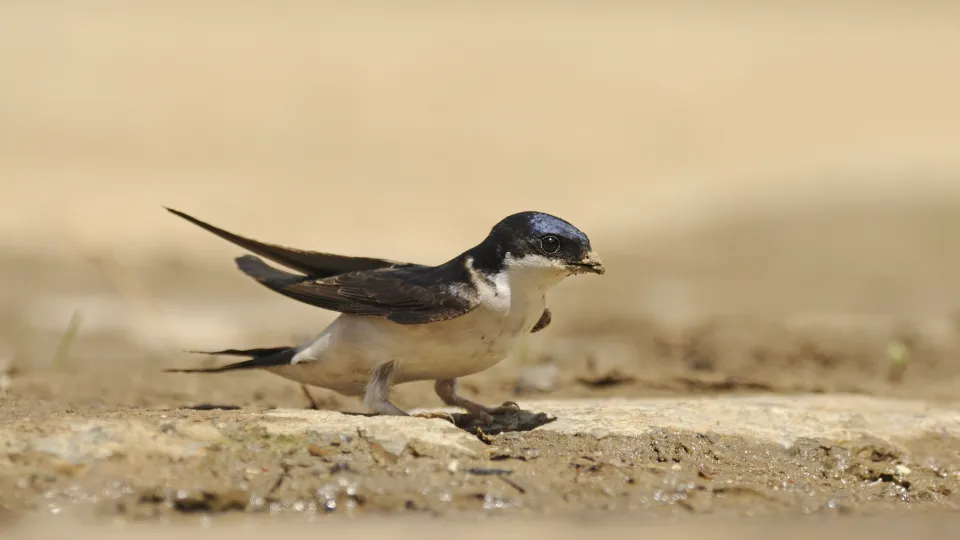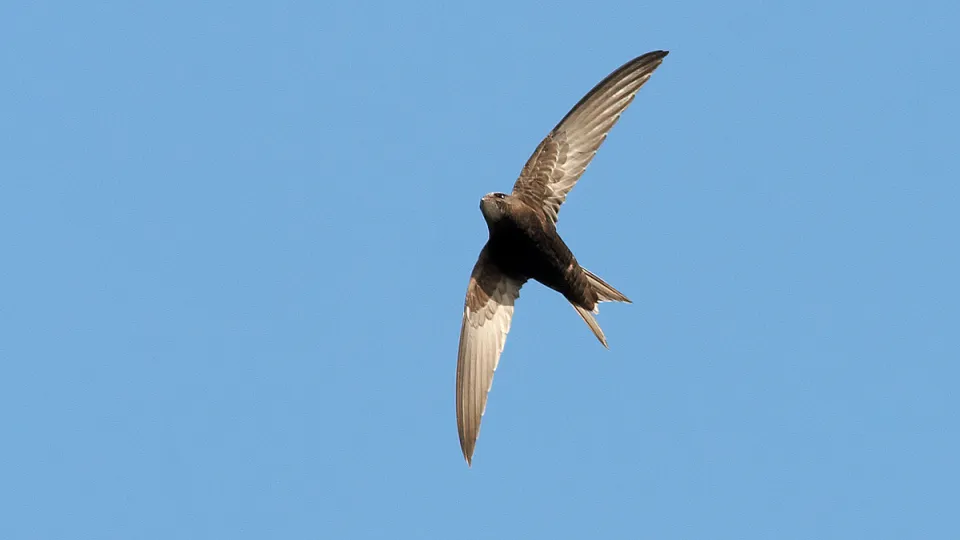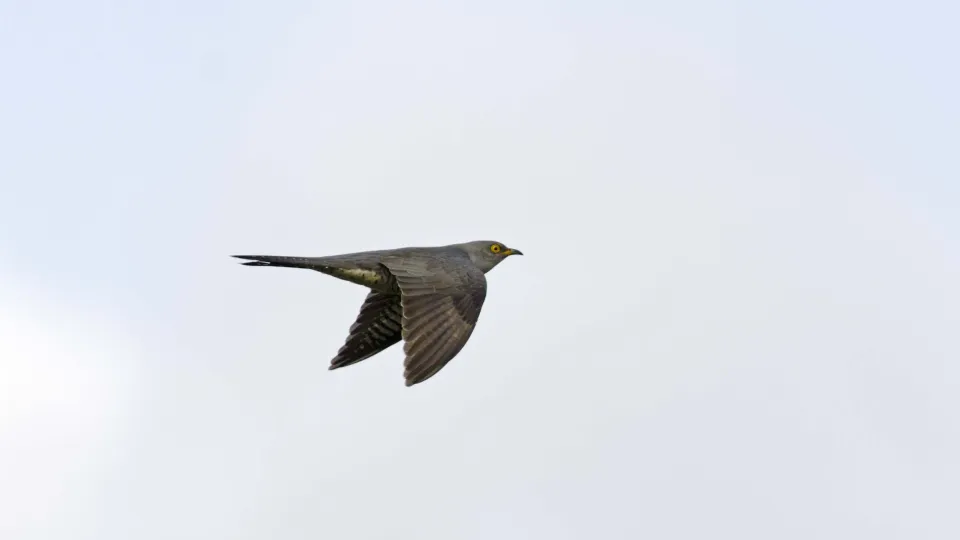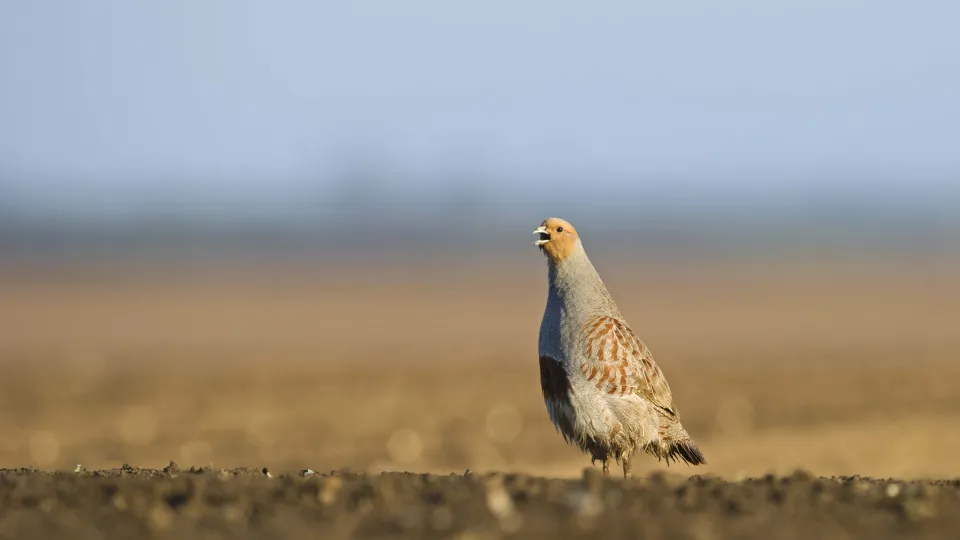
House martin
As its name suggests, the house martin can be spotted nesting in the eaves of houses in our towns and villages. Its intricate mud nests take days to build and are often returned to and used in following years.
Birds only: Red list species are those that are Globally Threatened according to IUCN criteria; those whose population or range has declined rapidly in recent years; and those that have declined historically and not shown a substantial recent recovery.

As its name suggests, the house martin can be spotted nesting in the eaves of houses in our towns and villages. Its intricate mud nests take days to build and are often returned to and used in following years.

Swifts spend most of their lives flying – even sleeping, eating and drinking – only ever landing to nest. They like to nest in older buildings in small holes in roof spaces.

Considered to be an early sign of spring, the song of the cuckoo sounds the same as its name: ‘cuck-oo’. It can be heard in woodlands and grasslands. Cuckoos famously lay their eggs in the nests of other birds.

The grey partridge is an attractive bird that prefers the ground to pear trees! Found on farmland and grassland, it is under threat from loss of habitat.